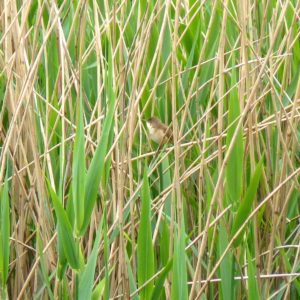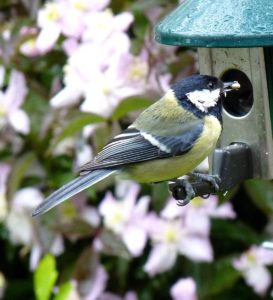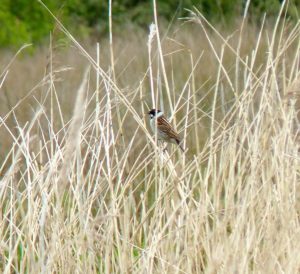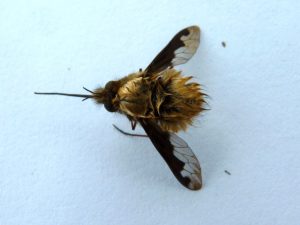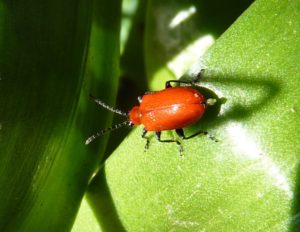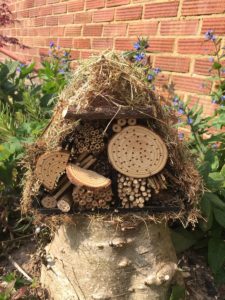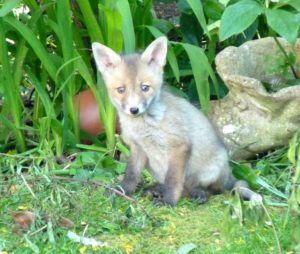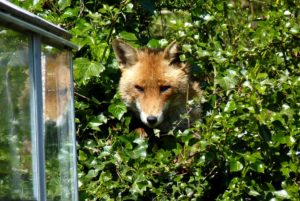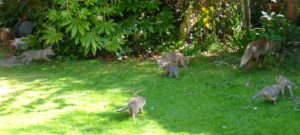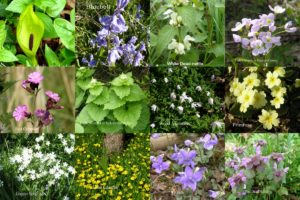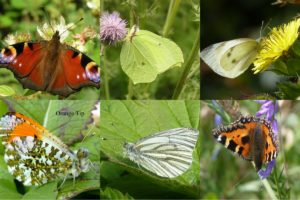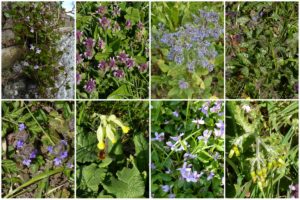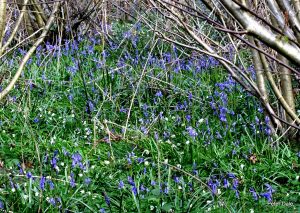Now that the weather is not so good, you could try these ideas from the comfort of your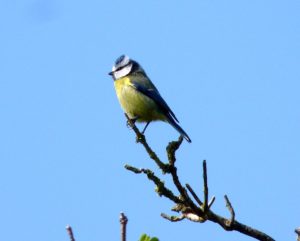 house:
house:
If you are still feeding birds, open your windows and try taking photos of birds on your feeders. You can even try through the glass. Even better if you can get a picture of a bird in a tree.
If you have a nest box or you know where a robin or blackbird, say, has made a nest, try keeping a record of 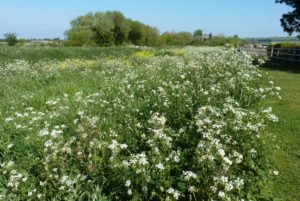 activities: taking in nesting materials, feeding young and fledglings. Keep a note of key dates and you can even record your findings on the website of the British Trust for Ornithology (BTO): www.bto.org.
activities: taking in nesting materials, feeding young and fledglings. Keep a note of key dates and you can even record your findings on the website of the British Trust for Ornithology (BTO): www.bto.org.
A walk up the Rife is a must in May. The white Cow Parsley is in full 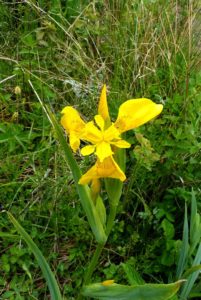 bloom all along the banks and the Yellow Flags (Yellow Iris) are just coming out. Soon, the Early Marsh Orchids will be in bloom.
bloom all along the banks and the Yellow Flags (Yellow Iris) are just coming out. Soon, the Early Marsh Orchids will be in bloom.
Two birds to look out for on the Rife which like the reeds. Reed Buntings sing from the tops of reeds or from bushes. Their song is a dull few notes but they are a lovely bird. Reed Warblers sing from lower down in the reeds and have an interesting chatty, jittery song which seems to go round in circles. They make their nests in the reeds whereas Reed Buntings usually nest in scrubby vegetation nearby.